Who Cares About the Exhibit Behind the Met Gala?
For years, the museum’s Costume Institute broke audience records. But now its playbook seems stuck in time.
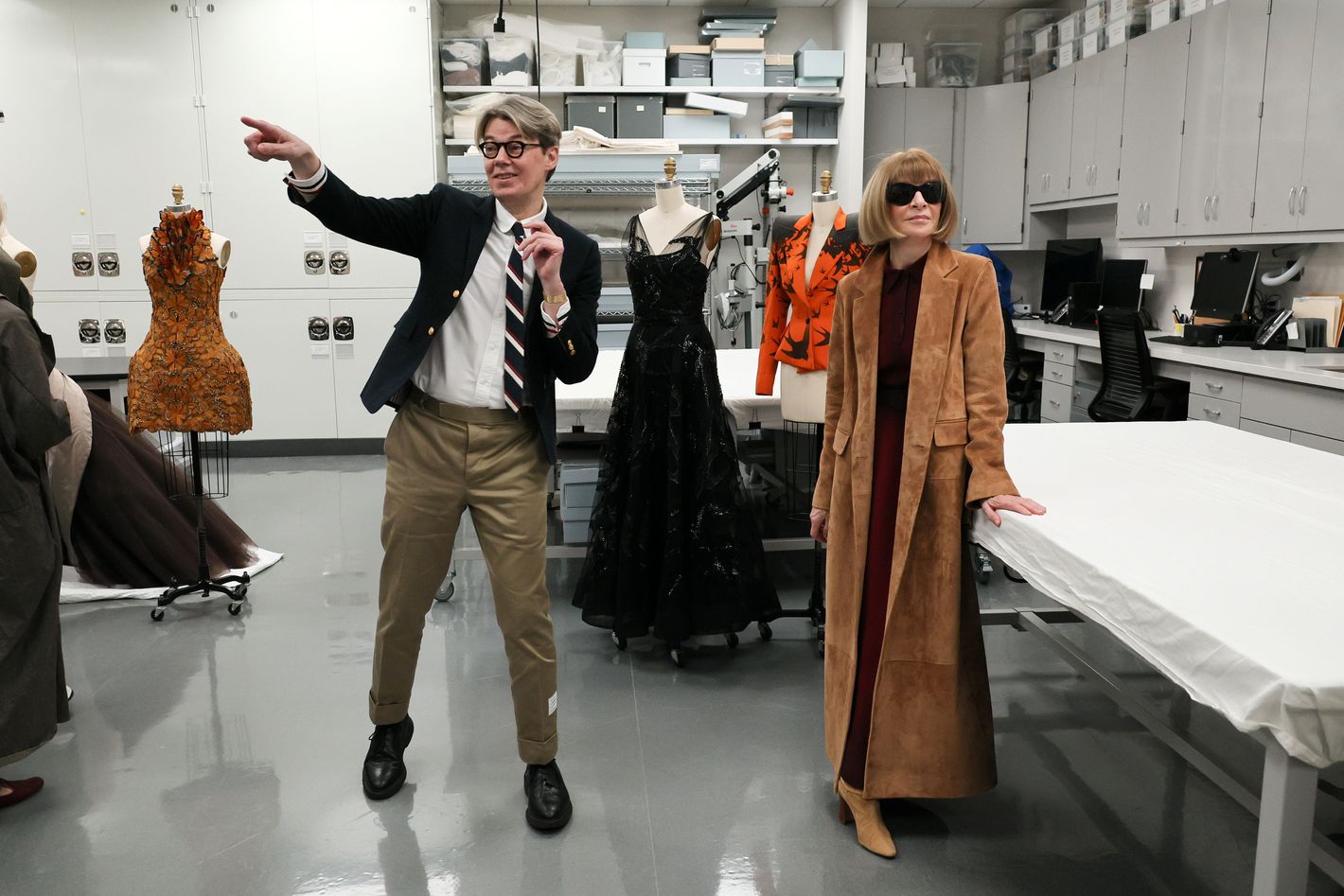
When the annual parade of celebrities ascends the steps at the Metropolitan Museum of Art on Monday night to mark the opening of “Sleeping Beauties: Reawakening Fashion,” guests will have no indication that the elaborate exhibition they are about to see is a last-minute backup plan. As recently as summer 2023, head curator Andrew Bolton and his patron, Vogue’s Anna Wintour, intended instead to stage a show dedicated to the work of one of their favorite designers — John Galliano. His career is still marked by a series of drunken antisemitic tirades that led Dior to fire him in 2011. In the years since, with Wintour’s unyielding support, he has sought public forgiveness and returned to fashion, now designing for Maison Margiela. A monographic exhibition at the Met could have been the culmination of a comeback.
But the Costume Institute’s Galliano exhibition is on indefinite pause, according to sources with knowledge of the department’s plans. The Metropolitan Museum’s leadership feared public backlash. Some members of the museum’s board are said to have stepped in to stop the show, too. (A representative for the Met said the museum does not comment on unconfirmed exhibitions. Bolton and Wintour declined to comment for this story.) The unusual intervention points to new and old tensions at fashion’s most prestigious museum department.
In the 2010s, Bolton, a lanky, bookish Brit, perfected the fashion blockbuster exhibition, building on a legacy of innovative high-fashion shows at the Met dating back to Diana Vreeland’s tenure there in the ’70s. Bolton’s lavish, Broadway-theater-level productions became must-see public programming. Long-standing concerns about the department’s close commercial ties seemed obsolete. Art critics paid attention. Each show was heavily advertised by Wintour’s ultra-A-list, invite-only Met Gala benefit dinner at the Temple of Dendur. And each exhibition was supported, through loans and multibillion-dollar donations, by luxury brands eager to have their couture gowns exhibited in the same halls as Dutch Masters and Egyptian Sphinxes.
But in the past five years, the wider landscape changed. In large part thanks to their popularity at the Met, fashion exhibitions are more commonly seen in major institutions, including shows that seek to broaden fashion’s European focus or contend with the thornier elements of designers’ histories. When the Victoria and Albert Museum in London recently staged a retrospective on Gabrielle Chanel, it included documents that revealed the designer collaborated with Nazi officials in the 1940s. At the same time, luxury fashion brands, more powerful and consolidated than ever, now regularly stage and promote brand-friendly shows, with or without the support of a major museum. Dior’s newly renovated flagship store in Paris includes a permanent museum space for its archive. Last month, Dolce & Gabbana celebrated the opening of a retrospective organized by its founding designers in Milan. It too will tour internationally.
Meanwhile, the playbook at the Costume Institute seems stuck in time and its shows are no longer blockbusters. Before the pandemic, the department’s spring exhibitions were far and away the most attended shows at the Met each year. Three of Bolton’s shows rank among the ten most popular in the history of the museum. After 2019, its spring exhibitions remain well attended but no longer exceptionally so. New York City’s tourism dip isn’t totally to blame. Last summer, an exhibition of van Gogh’s “Cypresses” drew a higher share of total Met visitors than the Costume Institute main event for the year, a Karl Lagerfeld retrospective.
A representative for the Met said, “We have many highly attended exhibitions, Costume Institute shows being among them.”
Wintour’s Met Gala continues to outdo its own impressive fundraising record. Tickets to the invite-only event now cost around $75,000 per person. Most museums are thrilled to raise a couple million dollars in one night. At last year’s Gala, Wintour raised $22 million. (The party itself cost $6 million.) While much of the Met Gala money goes to the Costume Institute, a portion goes to the general budget of the Metropolitan Museum, where Wintour is a member of the board.
On Monday, Wintour will inevitably raise an astonishing amount of money once again, thanks to principal sponsor TikTok and LVMH’s Loewe. But the dollar figures obscure a shift that many in the curatorial community find troubling, though no one wants to admit it publicly: Nearly 15 years after Bolton changed the way museum audiences consider fashion, the Costume Institute is better known for its party than its exhibitions.
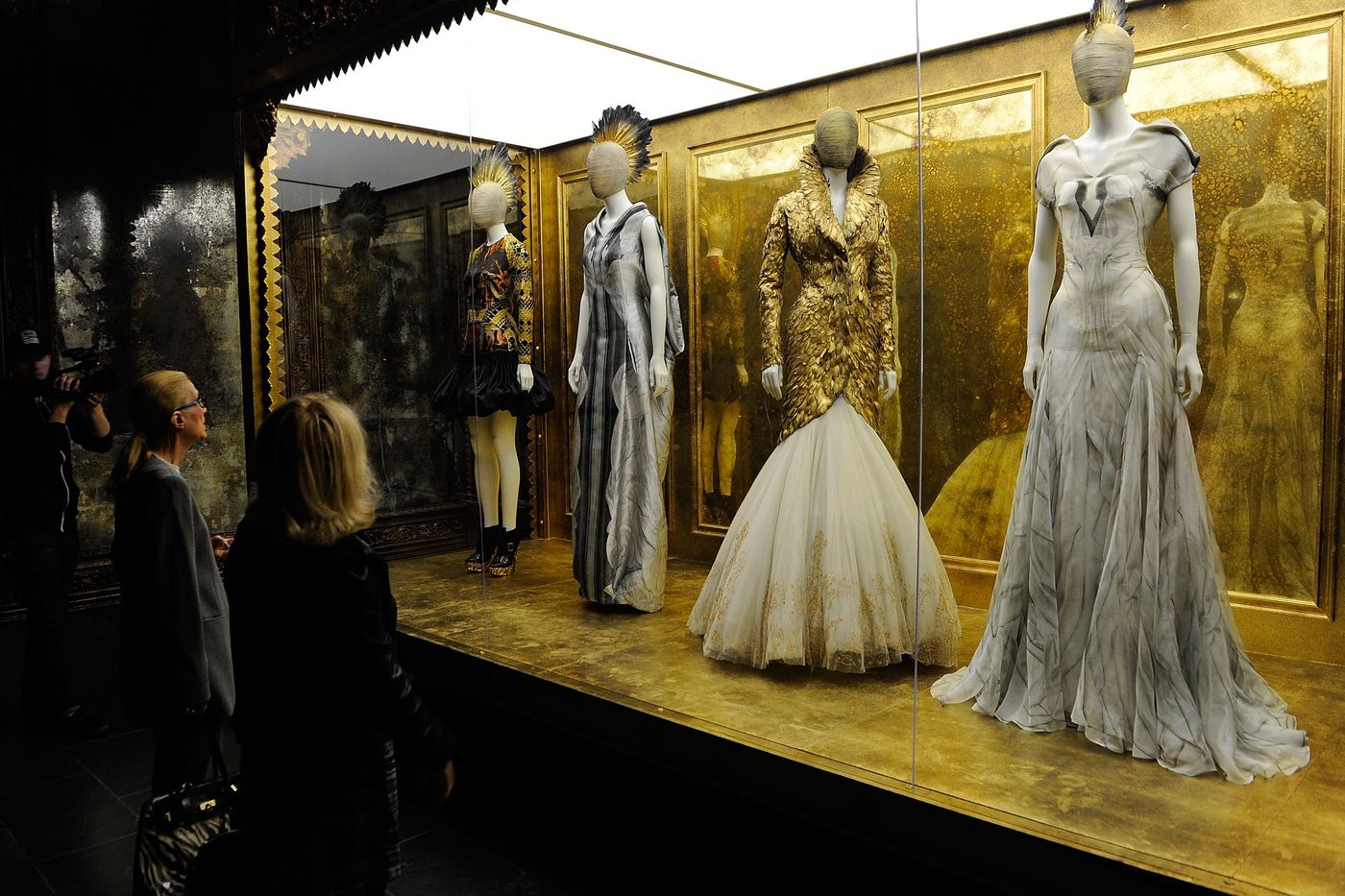
When Harold Koda retired as the curator in charge of the Costume Institute in 2016, he left the department at a high point. Inside and outside the Met, the Costume Institute was once seen as a “benign tumor,” in Koda’s words, confined to a series of small rooms underneath the Egyptian Middle Kingdom collection. Fashion was not considered real art by many of his peers. The first time the department staged a Chanel-sponsored Chanel exhibit, in 2005, art critic Michael Kimmelman described it as “a fawning trifle that resembles a fancy showroom.” But by the time the theatrical 2015 spring exhibit, “China: Through the Looking Glass,” opened, that long-standing disdain had become irrelevant. The show was a smash hit, drawing more than 800,000 visitors to become the fifth-most-popular exhibit in the history of the Metropolitan Museum.
The man responsible for that spectacle was Andrew Bolton, Koda’s successor. Four years earlier, Bolton had created the exhibit that marked a new chapter in the history of the Costume Institute: “Alexander McQueen: Savage Beauty.” By the end of the summer of 2011, visitors were queuing for hours to see the British designer’s ambitious and controversial collections, a retrospective emotionally charged by McQueen’s recent death by suicide.
But the China show reached another level of scale and ambition, winding through the museum’s Asian galleries. Aesthetically, the exhibition was spectacular, merging European high-fashion pieces with the historic Chinese art that inspired them. In the Astor Chinese Garden Court, Bolton commissioned a mirrored pond lit by glowing moon to showcase half a dozen of John Galliano’s Beijing-opera-inspired gowns for Dior in 2002. While most major museum exhibits cost around $1 million to $2 million to stage, insure, and build, the Costume Institute spent around $12 million on “China,” according to sources with knowledge of the budgets. (A representative for the Met said this estimate is incorrect but declined to clarify further.)
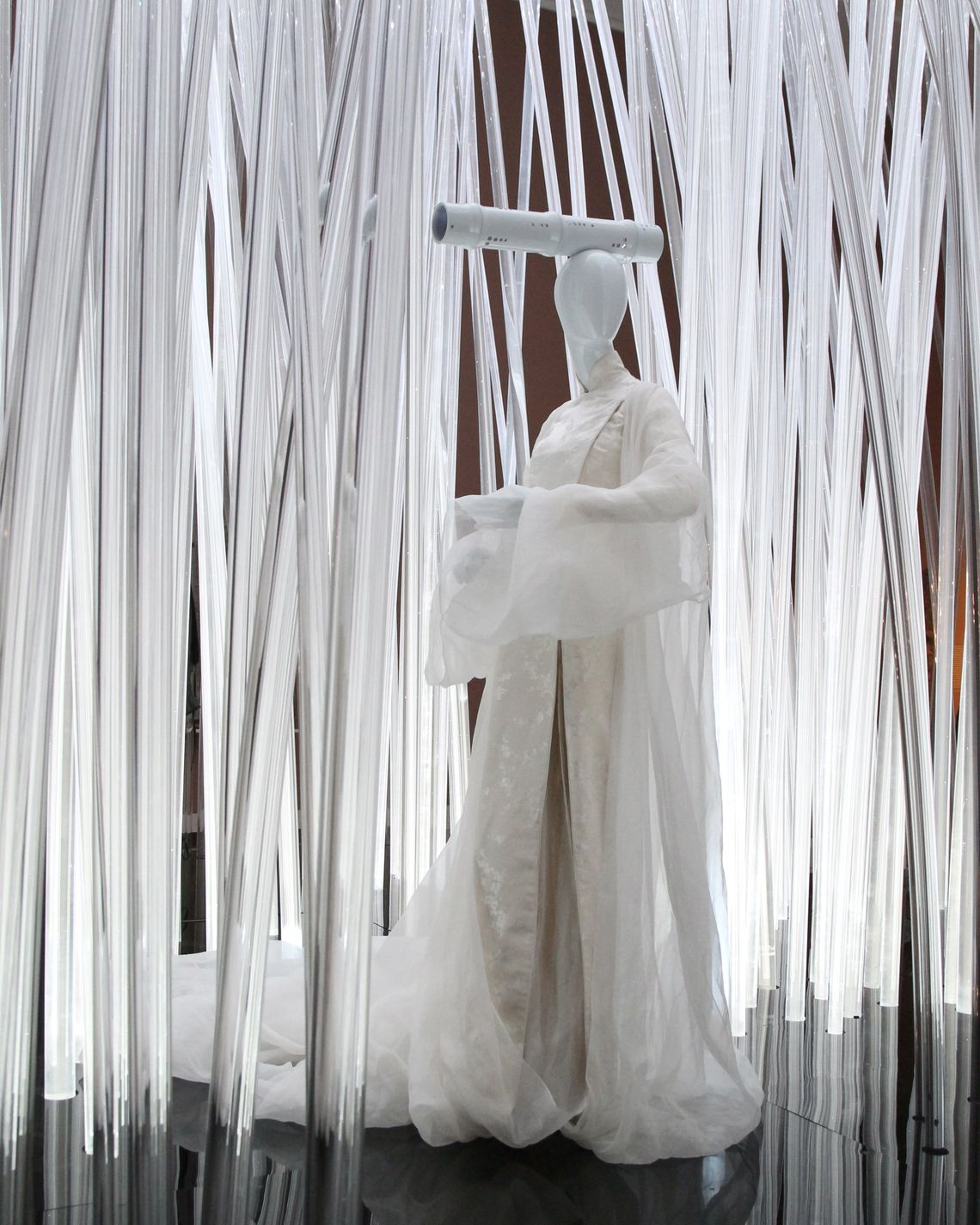
The “China” exhibition spectacle, the subject of the 2016 documentary The First Monday in May, was made possible by the Costume Institute’s longtime head fundraiser Wintour. Back in the mid-1990s, after the benefit’s longtime hostess Pat Buckley stepped down, Wintour took turns chairing the event and finding exhibition sponsors with different designers and socialites, even her own rival at Harper’s Bazaar, Liz Tilberis. But as the decade ended, Wintour ensconced herself as the annual chair, aided by a small army of Vogue staffers and Condé Nast’s financial support. By 2003, the Met Gala, as it is now known, was a celebrity magnet — like an exclusive Hollywood award ceremony where the only prize is scoring an invitation. While Bolton curated the annual exhibits, Wintour curated the parties. In 2014, the museum named the department’s downstairs galleries and facilities after Wintour. First Lady Michelle Obama cut the ribbon.
The stated purpose of the Met Gala is philanthropic. When the Museum of Costume Art merged with the Metropolitan Museum in 1946, the newly formed costume department agreed to be responsible for its own operational budget, to be raised primarily from the fashion industry. (At its origin, the department’s mission statement included supporting the fashion industry.) Its curators could not count on the Metropolitan Museum to fund their exhibitions or pay for storage and acquisitions. Back then, few would have predicted that what was once simply called “the Party of the Year” would raise more money than any other museum benefit in the country. The earmarked funding allows the Costume Institute, with Wintour as its powerful ally, to largely set its own agenda and, for example, hire renowned architects and designers to develop sets that deliver the “wow” factor. Other Met departments are rarely allowed to hire outside designers, but the Costume Institute’s expedited annual production timeline gives it special treatment. A former employee said the spring exhibits cost, on average, around $7 million, but the Met’s leadership wishes the department would spend closer to $5 million. The lower the budget, the greater the return to the museum’s coffers from the Met Gala’s fundraising. (A rep for the Met denied the exhibition budgets in this story but did not provide alternative figures.)
Before “McQueen,” Bolton was just another staff member at the Costume Institute, dressed in roomy button-down shirts and jeans, tagging along to drinks after work with his colleagues. But as his exhibitions gained a reputation, and he grew closer to Wintour, Bolton entered a higher stratum and became less accessible to his colleagues. He also found a signature style, letting his hair grow and adopting a strict uniform of suits by his partner Thom Browne. When the couple started their relationship in 2011, Browne was emerging as one of American luxury fashion’s most successful designers, beloved for his signature shrunken gray suits. In 2018, Browne sold his business to Ermenegildo Zegna in a deal that valued his brand at $500 million.
The couple’s creative interests often overlap. Browne’s pieces have appeared in six of Bolton’s seven group shows since 2013. In 2017, as Bolton was preparing to stage “Heavenly Bodies: Fashion and the Catholic Imagination,” Browne presented a wedding dress embroidered with a unicorn during the finale of his runway show. Bolton ultimately chose that dress for a prime position in his exhibition, directly in front of the Cloister’s beloved 15th-century unicorn tapestries.
Today, Browne and Bolton are American fashion’s favorite power couple. In 2019, they bought and carefully restored a $13 million historic Upper East Side mansion, where domestic staff wear Thom Browne–designed uniforms. Their dachshund, Hector, has been immortalized in the form of a popular handbag. And in 2023, Browne took on the role of the head of the Council of Fashion Designers of America, the fashion trade organization that oversees the runway calendar, awards funding to emerging designers, and works closely with Wintour and Vogue.
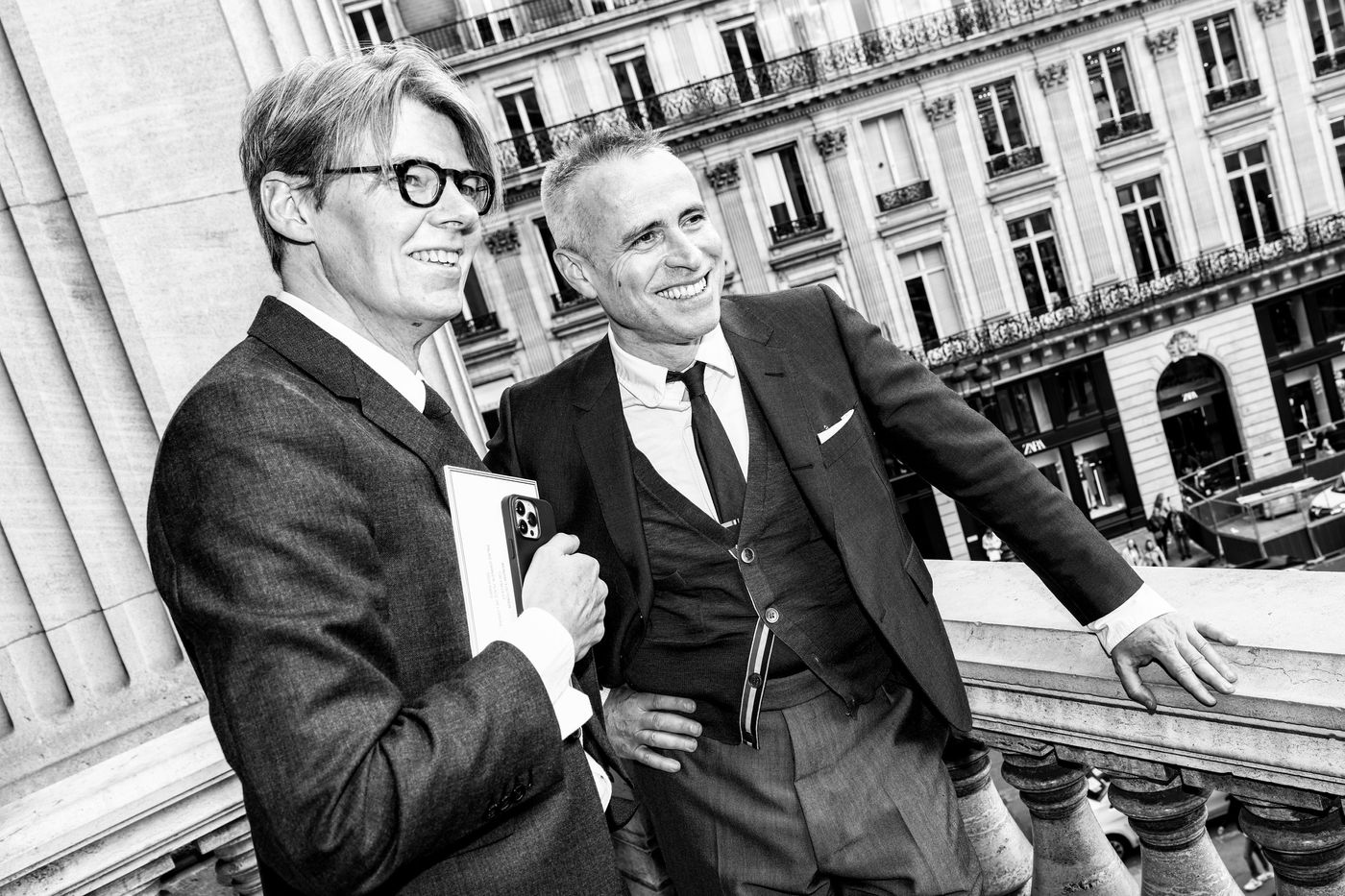
Wintour has long maintained that while she is Bolton’s fundraising partner, she does not meddle in curatorial decisions. “Anna is ‘hands-off’ for the exhibition, and I’m ‘hands-off’ the gala,” Bolton said in 2019, echoing Wintour speaking in her Masterclass: “The decisions for the ideas behind every single exhibition are entirely Andrew’s.” But current and former employees said her influence is felt. “The Costume Institute is the curatorial arm of Condé Nast,” said one. Another said Bolton and Wintour have a “mind meld,” describing their relationship as that of a mother and son.
Employees said that on the few occasions that Wintour reviews Bolton’s exhibition plans each year, she typically “asks questions” that can result in adding designers to the mix. In the weeks before the opening of “Sleeping Beauties,” for example, Wintour favorites Prada and Dolce & Gabbana were suddenly added to the exhibit checklist, according to a source at the Met. (Her feedback can apparently also lead to cuts: “She has too much power over this museum,” Azzedine Alaïa told the New York Times in 2009 in response to being excluded from a show on designers and their model muses.) Employees say Wintour also encourages Bolton to simplify his exhibitions, which he can overintellectualize, adding to the budget’s final tally. When dealing with a curatorial quandary, one employee remembered, Bolton would often ask, “What would Anna think?”
Wintour thinks like a businesswoman. She has a keen awareness of which brands will be willing to sponsor a potential show, like Gucci for 2019’s “Camp” (during the brand’s maximalist Alessandro Michele days) and Apple for 2016’s “Manus x Machina” (about the craftsmanship of technology). Finding sponsors for the 2017 Rei Kawakubo show was trickier; ultimately Wintour secured the funding from Apple and three other fashion brands. For Bolton, the prospect of staging a show about the avant-garde Japanese designer was a dream come true…at first. The lead-up to the opening was unusually tense. Kawakubo wanted to install the exhibition at the brutalist Met Breuer, back when the museum still had a lease on the former Whitney Museum building. But Wintour wasn’t willing to lose the Met Gala’s photo moment on the museum’s famous steps. (A source close to Wintour denies this.) Kawakubo also micromanaged the set design process, employees said. Her architect built a full-size replica of the set for her to review in Tokyo as planning was underway.
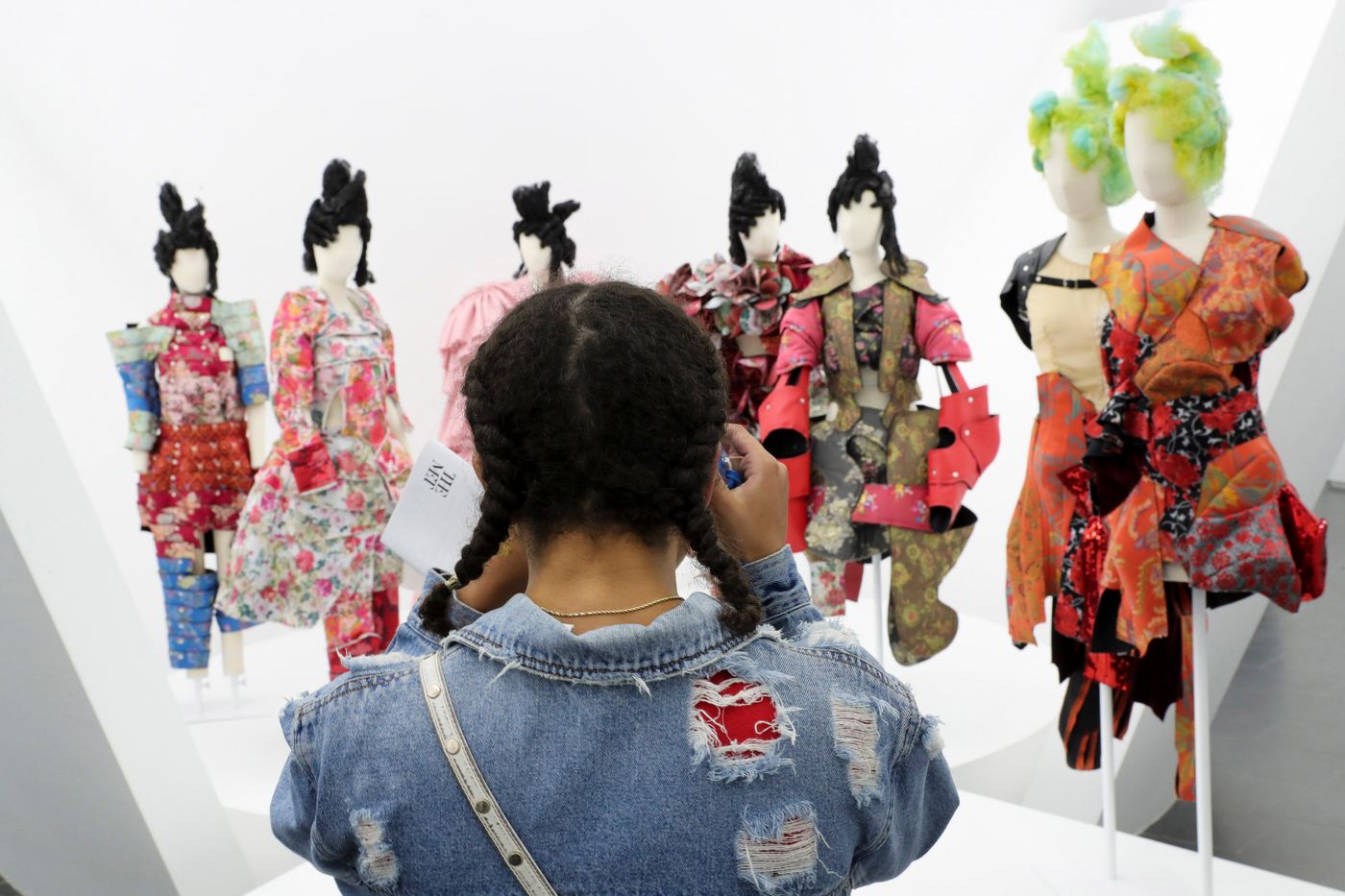
When attendance numbers failed to live up to expectations, employees said, the Kawakubo show was internally seen as a disappointment. But Bolton followed it in 2018 with “Heavenly Bodies,” the Met’s most attended exhibition to date, curated in collaboration with the medieval department and the Cloisters. Bolton originally conceived the show’s theme around multiple faiths. But he realized that the designers who most interested him — like Galliano, McQueen, and Browne — were all Catholic. When Versace said it would sponsor the entire budget if the show aligned with the brand founder’s obsession with Christian iconography, the narrower theme was set. “I don’t want to say they decided that in the end, but it was a contributing factor,” said a former employee. (A rep for the Met disagreed with my reporting about the Rei Kawakubo and “Heavenly Bodies” exhibitions but did not elaborate.)
When Karl Lagerfeld died in 2019, Bolton and Wintour prepared to plan a posthumous retrospective of the German designer, but the exhibition was delayed by the pandemic until 2023. By then, four years after the public was inundated with obituaries and features about Lagerfeld’s legacy, the show lacked the poignancy of his recent passing or a new take on one of the most documented designers in recent history. Media coverage debated the merits of praising a man with family ties to the Nazi Party and a track record of disdain for fat women. One Met Museum employee described the show as “immensely tone deaf.” Its sponsors were the late designer’s longtime employers, Chanel and Fendi, which dominated the red carpet at the Met Gala with their spokeswomen like Margot Robbie and Kristen Stewart. Wintour timed the exhibition’s opening with a special commemorative edition of Vogue, celebrating Lagerfeld’s legacy.
Gayle King interviewed Bolton and Wintour on CBS This Morning ahead of the 2023 Met Gala. When King asked about Lagerfeld’s history of controversial comments, Bolton let Wintour answer. “It’s not a biography … we are really focusing on his work,” Wintour said. Earlier in the interview, they walked King through the exhibition, where Lagerfeld the man was far from hidden. Bolton dedicated a gallery to interpretations of Lagerfeld’s signature personal style, and another featured dozens of iPhones showing a video of Lagerfeld having the last laugh.
When asked about Bolton’s curatorial priorities, a representative for the Met said he “is continuously developing new and timely exhibition themes that not only inspire a renewed appreciation of the Met’s collection but also invite visitors to think differently about fashion.”
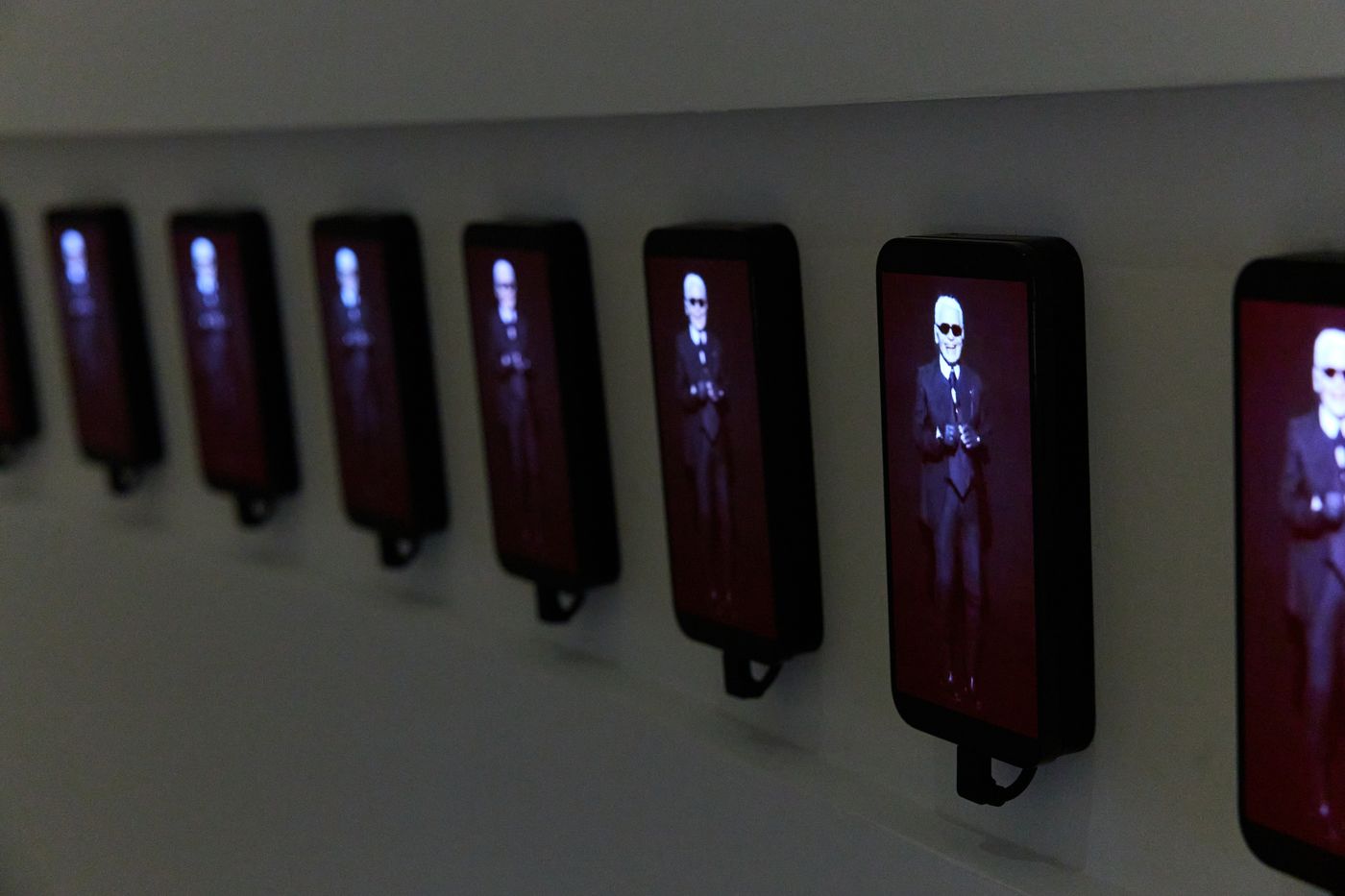
All art is commercial, but fashion is especially corporate, especially today. The stakes are higher in a museum context, where cultural histories are cemented and reexamined and where fashion exhibitions are now relied on to deliver mass entertainment — beautiful gowns and usually little more. Under museum director Max Hollein, appointed in 2018, the Met is working to challenge their stuffy, elitist reputations, diversify its staff and board, and highlight more artists of color from beyond the western world. All while tackling a budget deficit.
But over at the Costume Institute, West European luxury designers remain at the center of Bolton’s curatorial focus. The museum celebrated its 2019 “Camp” exhibition by hosting a voguing battle on the front steps, but the exhibit inside largely ignored 20th-century queer subcultures. Historically, the Costume Institute has also prioritized aesthetic themes, about craftsmanship and visual influences, over topics highlighting fashion’s social or political implications. A Galliano exhibition now could have raised uncomfortable questions about who gets to be forgiven in fashion, and who decides.
There has been some progress. In 2021 and 2022, Bolton staged a two-part exhibition about American fashion through its designers. The first chapter presented a “lexicon” of modern designers who together represented American design. And the second, the “anthology,” traced the domestic industry’s rise and evolution. The American shows were the department’s most diverse exhibitions, featuring rarely exhibited pieces like gowns designed by the early-20th-century dressmaker Fannie Criss Payne and a Brooks Brothers coat worn by an enslaved person in Mississippi just before the Civil War.
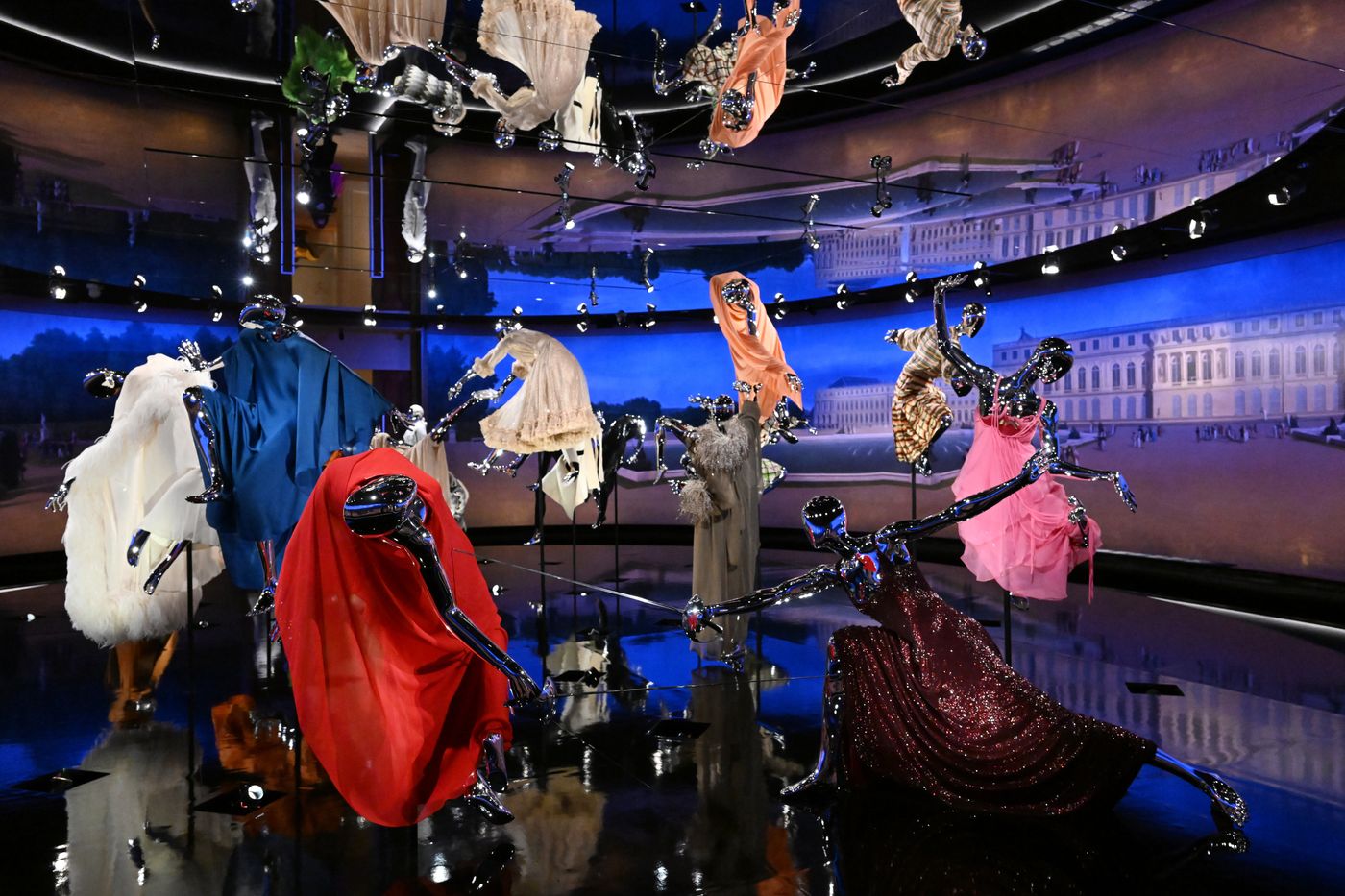
Several current and former employees saw the show as a knee-jerk reaction to public criticism of the Costume Institute’s history of highlighting predominantly white designers. In a 2020 Times article examining major fashion museum collections in the U.S. and Europe, Bolton pointed to the limitations of the collection he inherited. He didn’t mention that three years earlier, the Costume Institute oversaw an effort to rid its collection of 2,500 pieces of ethnographic and folk fashion. After some curators found out and complained, according to sources with knowledge of the project, about 700 pieces were “saved” and absorbed by other departments, including the Asian, Islamic, and American wings. A rep for the Met said the deaccessioning was conducted “after close collaboration with colleagues across the museum and external consultants, and in keeping with rigorous guidelines.”
The 2021 and 2022 American exhibitions represented a step forward, however tokenistic it read to some. Several employees hoped that the shows would mark a shift in the Costume Institute’s approach to curation and acquisitions. “That hasn’t really panned out,” said one. “To be honest, that’s not Andrew’s taste,” said another.
During Koda’s time as head of the Costume Institute, he and Bolton often worked together to curate the spring show or took turns taking the lead. “Since there are only two curators in the department, I felt it was important for us to have different approaches,” Koda told The New Yorker in 2013. But now Bolton, both the head and only senior curator, leads every spring exhibition himself. (More junior curators oversee the Costume Institute’s much smaller, quieter fall shows, which are staged in the downstairs galleries.) Bolton is the only public-facing member of the department at Wintour’s side at the Met Gala, in interviews, and at book signings.
Bolton’s role has taken a toll on him, employees say. While other Met museum curators may take three-to-five years to produce an exhibition, Bolton has an inescapable annual deadline, cramming most of the preparations into the nine months before each Met Gala. Employees say Bolton is frequently out sick in the months leading up to each May’s opening. (A rep for the Met denies this.) Some hoped the pandemic would allow the department to reexamine its schedule and slow down. Instead, Bolton and Wintour organized two exhibitions, and two Met Gala parties, eight months apart, raising over $33 million during one of the challenging financial periods in the museum’s history.
Last year, employees said Bolton and Wintour tried to hire a heavy hitter to join their team: Christine Checinska, the V&A’s senior curator of African and diaspora textiles and fashion. Checinska curated “Africa Fashion,” which traveled to the Brooklyn Museum in 2023 and which the critic Holland Cotter wrote “offered a lesson in historical and political showing-and-telling that the Met’s Costume Institute might learn from.” (A representative for the Met declined to comment on Checinska, who declined to be interviewed for this story. A source close to Wintour said she is not involved in hiring.)
Bolton and Wintour were eager to hire Checinska full time, specifically to work on an upcoming exhibition Bolton is developing about Black dandies. He developed the idea after reading the 2009 book Slaves to Fashion: Black Dandyism and the Styling of Black Diasporic Identity, by Monica L. Miller, a professor of English and Africana studies at Barnard College who is advising Bolton on the future exhibition. But Checinska turned down Bolton and Wintour. In the meantime, Bolton hired an associate curator with expertise in 18th- and 19th-century fashion. Another upcoming show is said to focus on Charles Frederick Worth, the 19th-century British designer who is widely considered the “father of couture.”
One of those shows might be the first to open in the Costume Institute’s new gallery off the museum’s iconic main lobby, the Great Hall, set to open by 2026. Last year, Hollein announced the museum will replace the space occupied by the Met Store now with a gallery that will always be available for the Costume Institute’s major spring show. The prime museum real estate will allow the museum to get more mileage out of the department’s annual spectacles. But without a jolt of disruption, those shows run the risk of replacing the store with another, more exclusive kind of boutique — one where only luxury conglomerates shop.
Related
